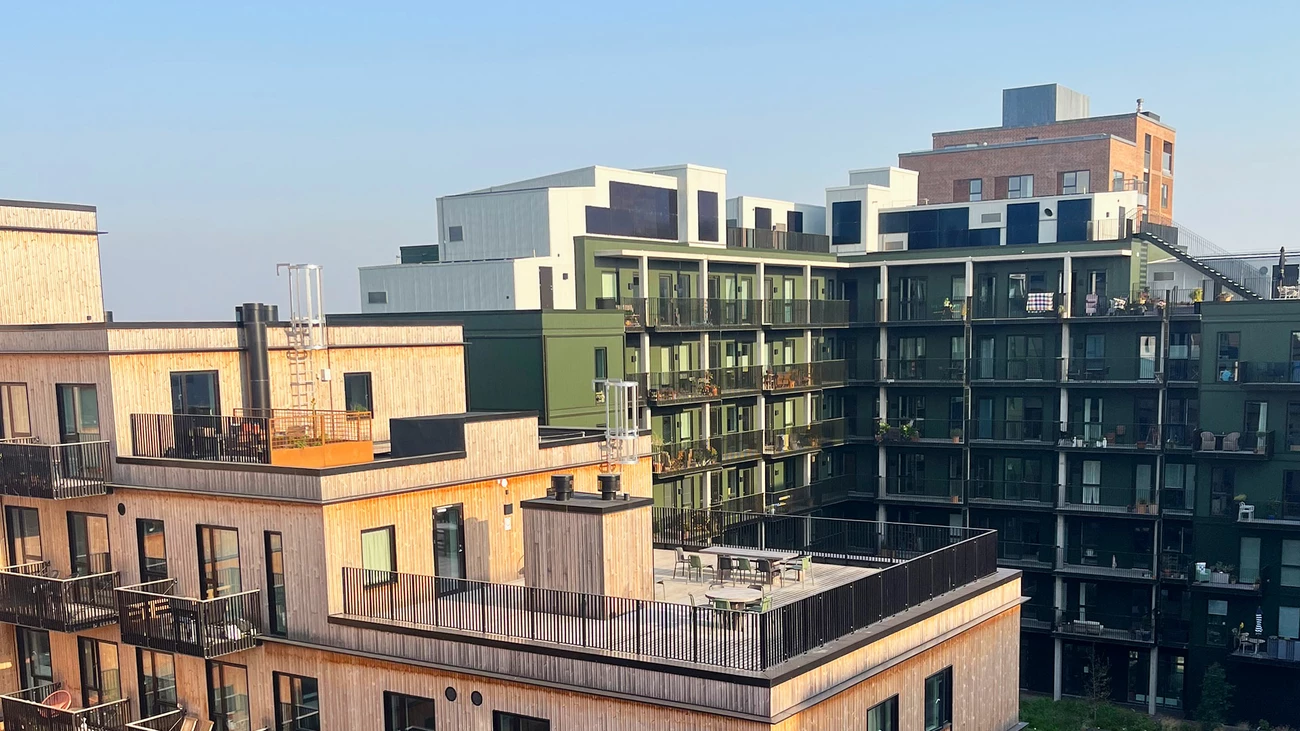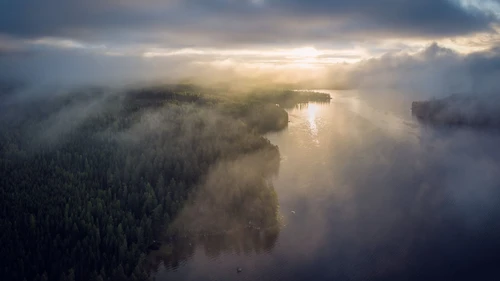200 initiatives selected
To operationalise the UN’s 17 development goals, these have been clustered in six main categories – biodiversity, community, health, materials, water and energy. Under each of these categories, NREP has evaluated a large set of potential initiatives to find the most impactful measures to implement. Based on significant extra investment, some 200 sustainability initiatives have been selected, which will deliver towards the towering sustainability ambitions for this project.
A specific area of focus is to ensure lowering CO2 consumption in the construction phrase. The CO2 footprint for the entire project will be reduced thanks to a building system that is largely based on high-quality wood, light facades and concrete based on FutureCem, a new type of cement with reduced CO2 emissions.
In terms of the buildings’ energy supply, special emphasis has been placed on optimal use of resources. All five roofs are equipped with solar panels that produce electricity for the homes, and residents can follow the production of green electricity via an app that provides an easy overview of when energy is greenest and cheapest.




